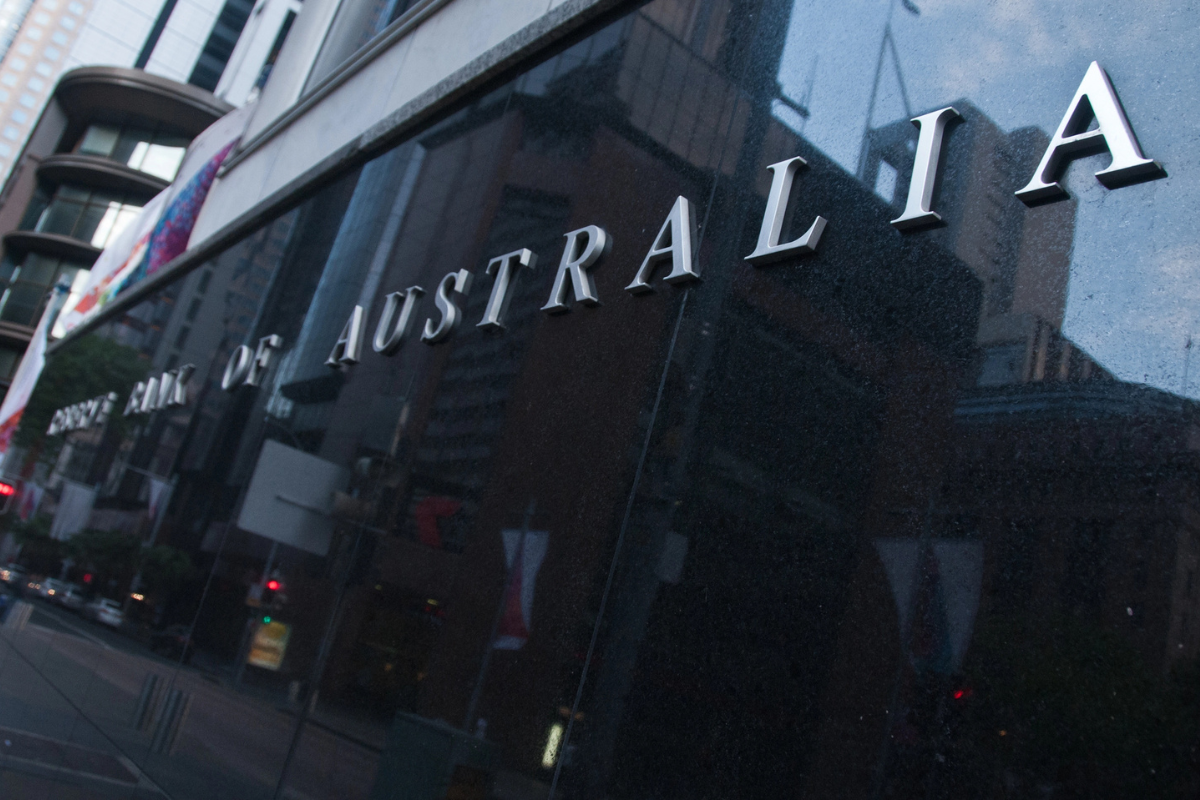
The September quarter has been one of cautious optimism. Inflation appears to be finally cooling, central banks are holding steady, and investors are weighing up what the next phase of the cycle might look like. While the pace of global growth has slowed, stability is slowly returning — and that’s not a bad thing.
Current Price of Gold and Its Implications
Gold has been one of the standout performers this quarter. Prices surged to around US$4,100 an ounce in early October — making record highs.
The rally has been driven by a mix of factors: central banks increasing gold reserves, investors looking for a safe store of value on the expectation that equity markets will wobble and potential geopolitical flareups in the Middle East.
For Australia, the impact is significant. Treasury expects gold exports to hit A$60 billion in 2025-26, overtaking LNG as our second-largest resource export. That’s a big boost for national income and a timely cushion against softer iron-ore and lithium demand from China. Gold producers like Northern Star and Newmont Australia have been among the beneficiaries of this.
The US Outlook on Interest Rates
In the United States, the Federal Reserve cut rates by 0.25% in September. Inflation has cooled to around 2.5% in August, close to target, and most economists now expect one more small cut before the end of the year — but only if job numbers continue to soften.
The IMF’s latest outlook forecasts US growth of about 2.3 % in 2025, suggesting the economy remains resilient enough to avoid recession, but not strong enough to justify higher rates.
US markets were relatively quiet through the quarter, with the S&P 500 edging up only 0.4 %. Late-September talk of 100% tariffs on Chinese goods rattled investors and served as a reminder that geopolitics can still unsettle global confidence.
Evaluations of Equities and Market Performance
Back home, the ASX 200 slipped 1.8% across the quarter, closing near 8,880 points. Financials were a bright spot — particularly ANZ, which climbed to a ten-year high after unveiling its 2030 cost-reduction strategy.
Elsewhere, the story was mixed. Technology, property, and healthcare sectors struggled as investors shifted focus toward companies with strong cash flow and reliable dividends.
The tone in equity markets remains cautious. After two volatile years, investors are less interested in speculation and more focused on quality, income, and consistency.
Prospects for Interest Rate Movements in Australia
The Reserve Bank of Australia has left the cash rate unchanged at 3.6% since May. Inflation has slowed to around 2.1% year-on-year, and unemployment remains steady at 4.2%.
The RBA’s message is clear — they’re in no hurry. With inflation still a touch above target, the Bank is keeping rates steady until it’s confident price pressures have truly eased.
Markets are currently pricing the next move as a rate cut in mid-2026, although that could come earlier if household spending or employment weakens.
The Impact of Oil Prices on the Australian Economy
Oil prices have been on a rollercoaster over the last Quarter, trading between US$82 and US$95 per barrel. OPEC+ production cuts and brewing Middle-East tensions, most recently with the USA threatening to invade Iran, have kept supply tight which aided the volatility.
For Australia, that’s a double-edged sword. On one hand, higher energy prices boost export earnings from our LNG and petroleum producers. On the other, they push up transport and input costs — and that can feed back into inflation.
The RBA will be watching closely to make sure rising fuel prices don’t undo the progress made in getting inflation down.
A few policy and market stories stood out this quarter:
- The Federal Government’s revised its stance on taxing unrealised gains in superfunds worth more than $3million. Instead, tax will be charged on realised gains only: between $3 million and $10 million at 30%, and above $10 million at 40%.
- Critical-minerals policy: Canberra began consultations on a $1.2 billion stockpile to strengthen resource security.
- Industrial support: A A$600 million package was announced to keep Glencore’s Mount Isa smelter and Townsville refinery operating, protecting regional jobs.
- Currency movements: The Australian dollar traded between US63c and US67c, supported by higher commodity prices but constrained by global uncertainty.
Each of these developments carries implications for investors and the broader economy — particularly in sectors tied to exports, manufacturing, and energy.
Looking Ahead
As 2025 draws to a close, the global economy seems to be settling into a more balanced rhythm. Inflation is easing, job markets remain resilient, and central banks — both in the US and Australia — are taking a patient approach.
For investors, the takeaway is straightforward: this is a time to stay diversified, focus on quality assets, and avoid overreacting to short-term noise. While volatility will linger, the big picture suggests the economy is moving toward steadier ground heading into 2026.
| The information provided in this article is general in nature only and does not constitute personal financial advice. |
